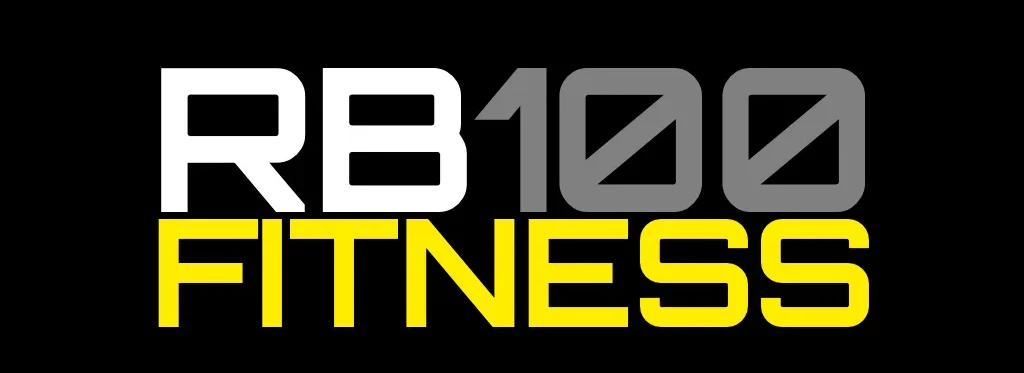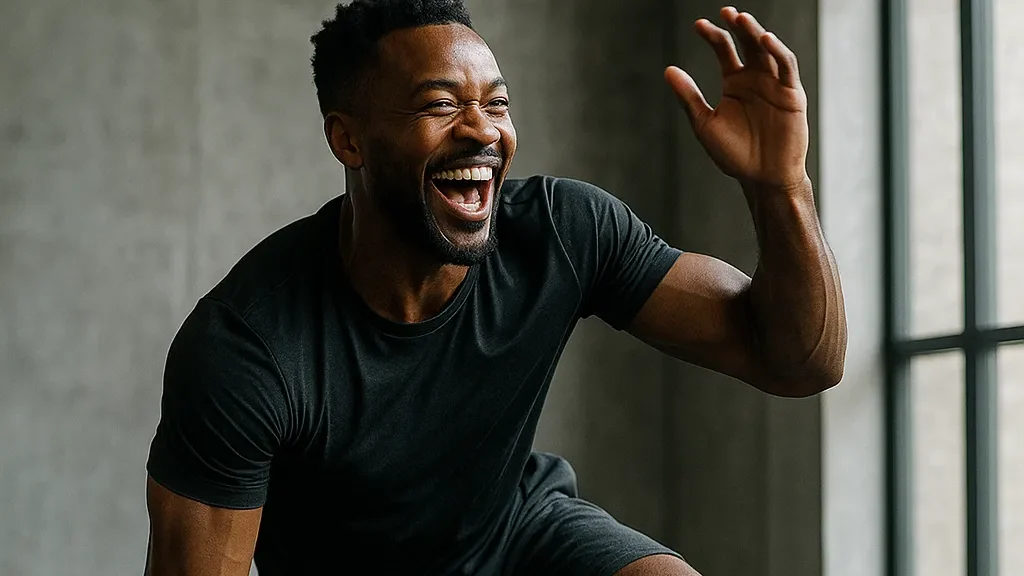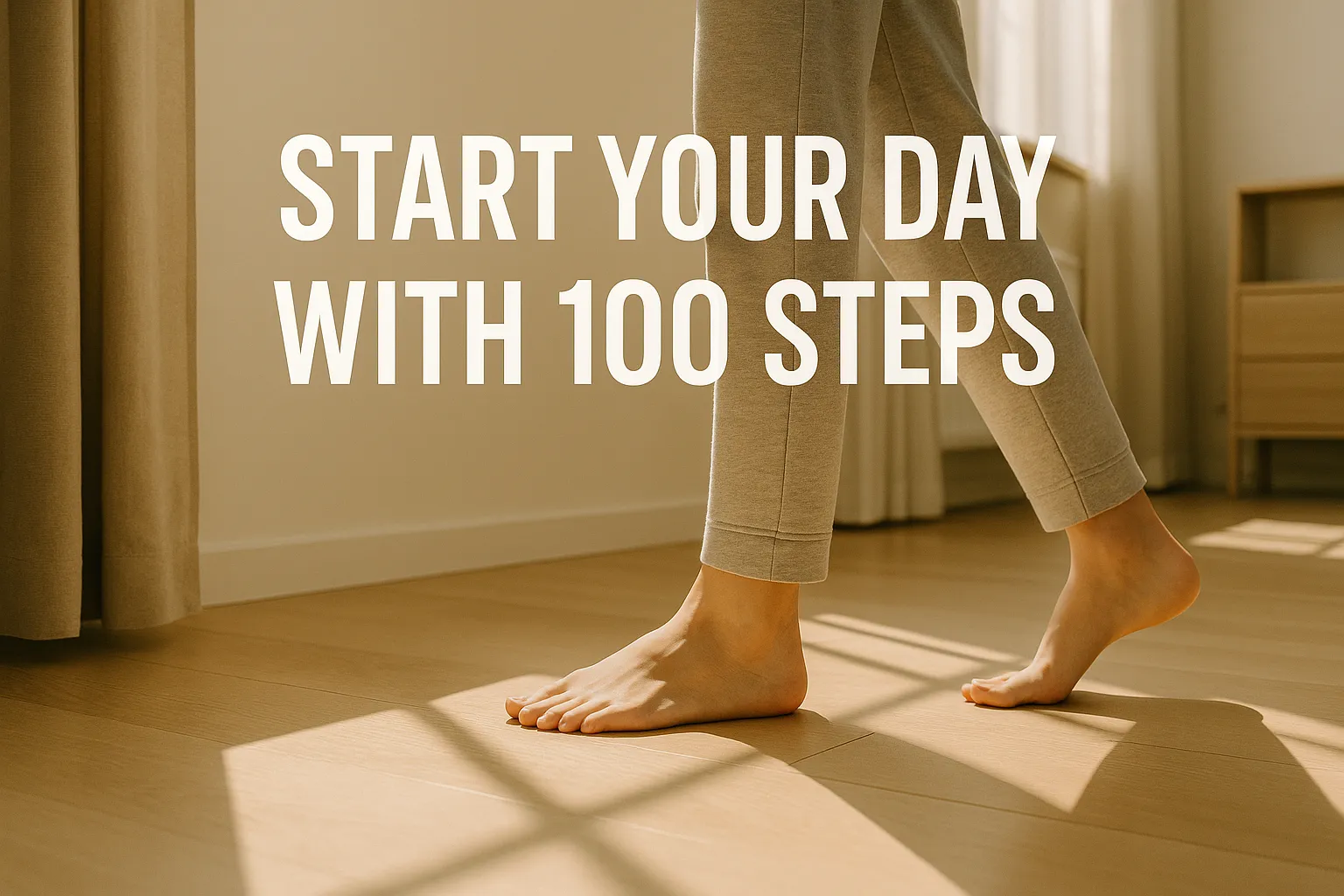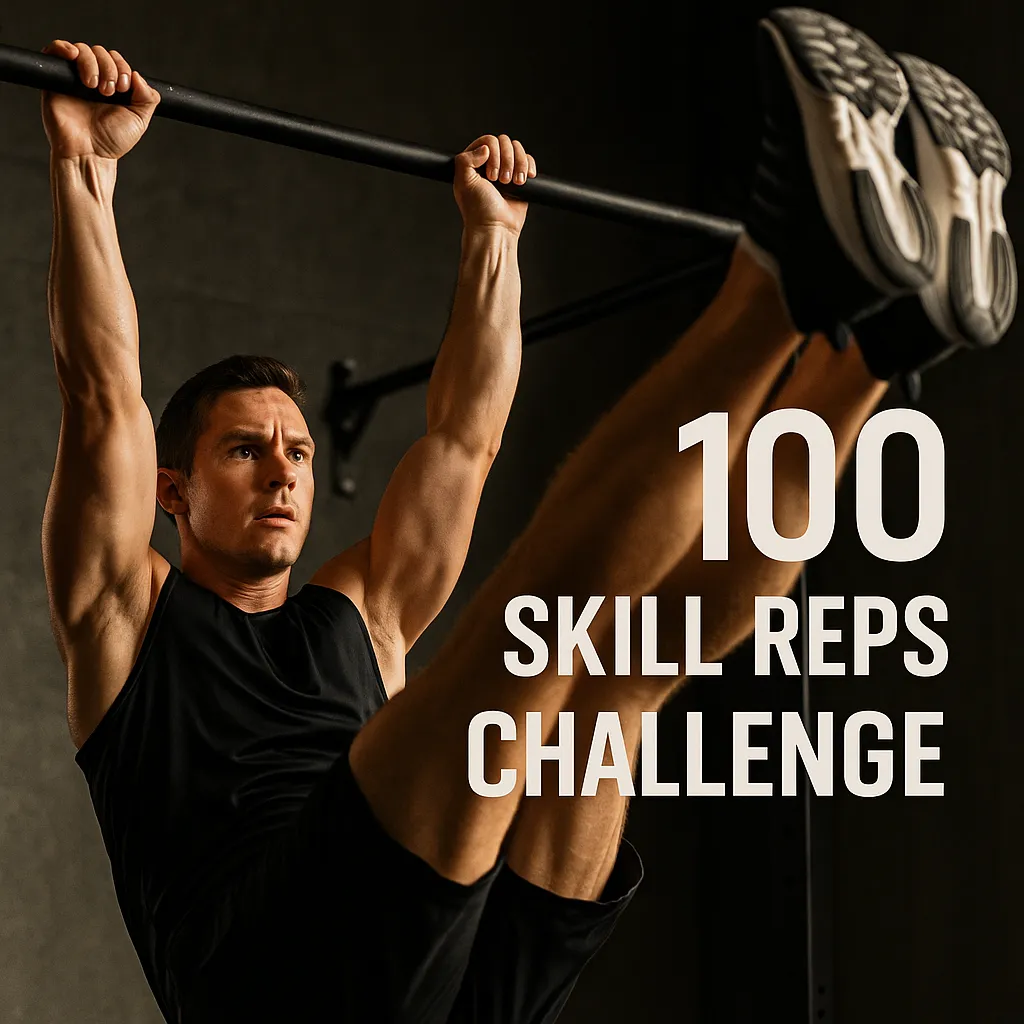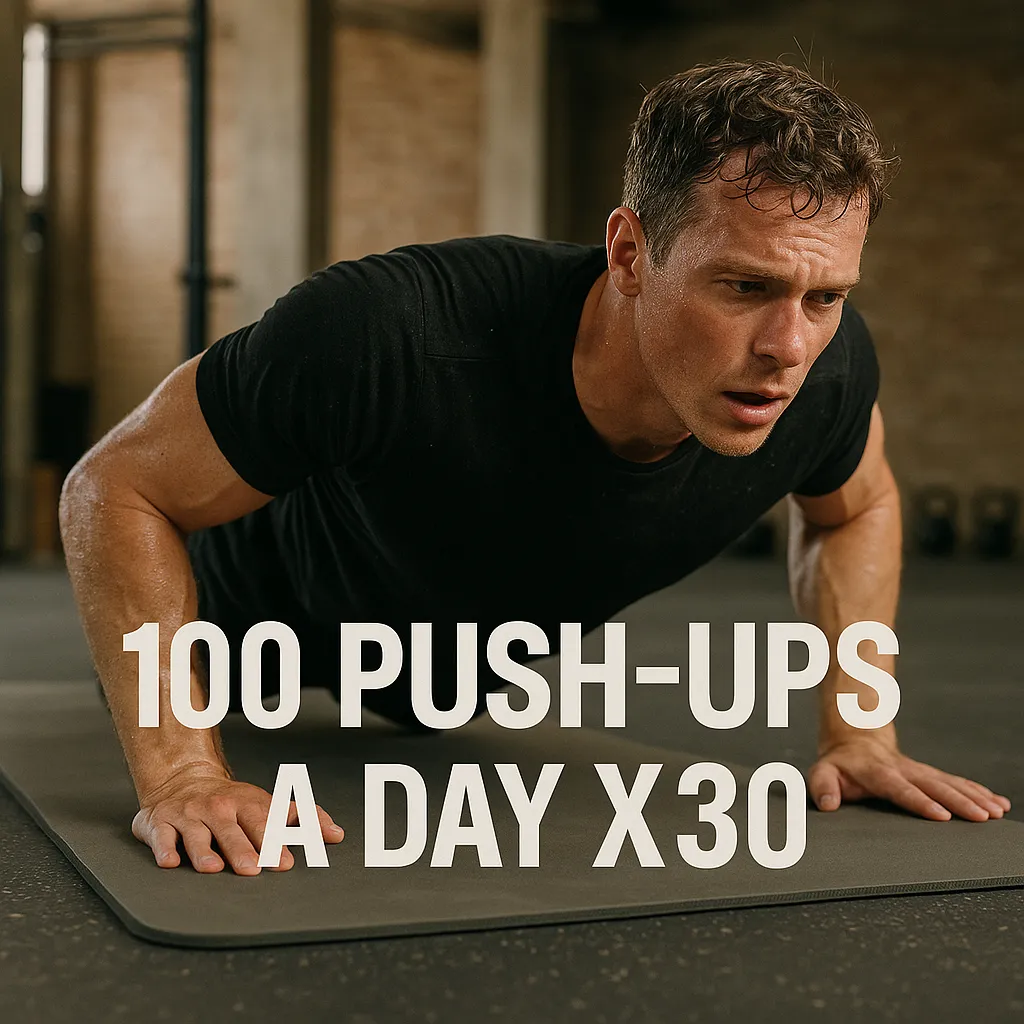We’ve been told that training has to be serious that every rep, every posture, every drill must serve a measurable goal. Strength, mobility, endurance, performance. Tick the boxes. But after nearly five decades of moving, teaching, and learning, I’ve realised that one thing outperforms all of them: play.
Play isn’t the absence of discipline. It’s the expression of it.
When you allow yourself to play inside your movement practice, to test, to question, to explore. Something changes. You start listening to your body, not your timer. You move because it feels alive, not because it fits a sequence.
I came from a background where rules mattered. Kung fu drills, Greco-Roman wrestling, then years of Ashtanga Vinyasa Yoga. Each had its rituals, its boundaries, its hierarchies. But boundaries without curiosity can easily harden into dogma. And dogma is the death of movement.
That’s why, in my own practice and teaching, I’ve made play non-negotiable. We’ll crawl, roll, flip, hang, dance, and occasionally make a glorious mess of it all. And yet in that mess, strength appears. Balance improves. Joints free up. You become more capable because you’ve allowed space for discovery.
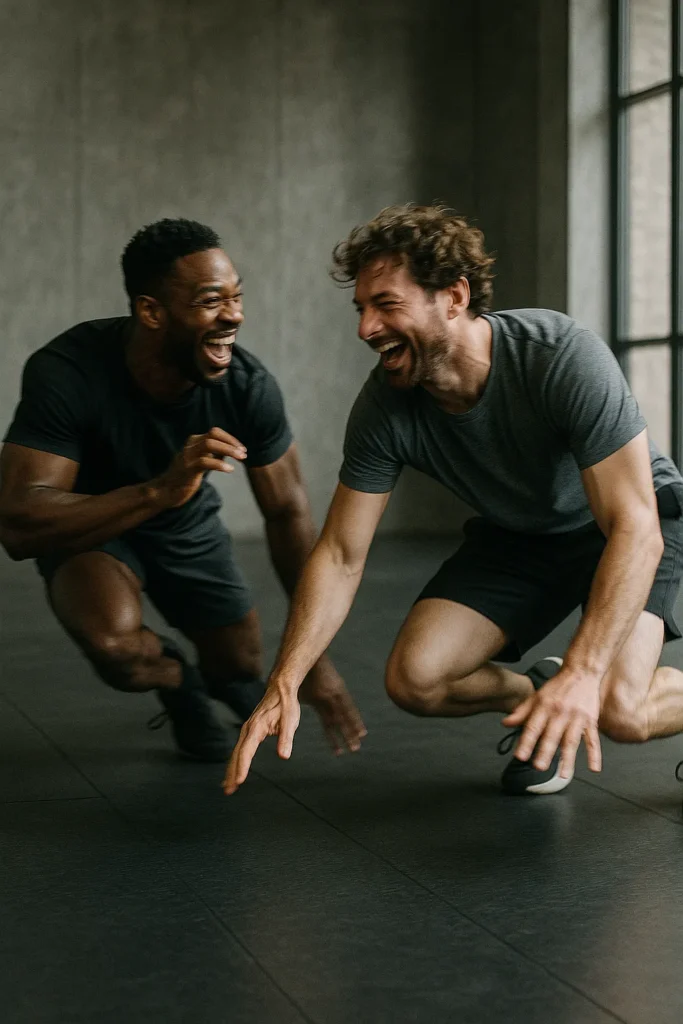
When we play, we stop performing for others and start learning for ourselves. The nervous system thrives on novelty it wants new information. So every time you change tempo, direction, or context, your body wakes up. You’re not just training muscles; you’re training adaptability, creativity, and confidence.
“Lose the dogma. Keep the discipline. Movement is the teacher.” — Mark Freeth, RB100.Fitness
The RB100.Fitness philosophy of Relentless Bravery ties in beautifully here. To play, you have to let go of how you look, how you compare, and what others think. You have to be brave enough to look foolish and in that vulnerability, you find freedom.
So next time you train, add a dose of play. Skip between drills. Invent transitions. Balance on one leg while brushing your teeth. Challenge a friend to a movement game. Notice what your body does when it’s curious, not constrained.
If you can blend precision with play, you’ll never stop learning and that’s the point. Movement isn’t a routine to be perfected. It’s a conversation to be continued.
Internal Links
- Read more on Functional Movement and Agility
- Discover our RB100 Challenges
External Links
- Freestyle Movement Project — Mark’s movement education platform.
- Wellbeing Magazine — for more insights on mindful movement.
- Functionalyoga.uk — exploring movement beyond traditional yoga.
